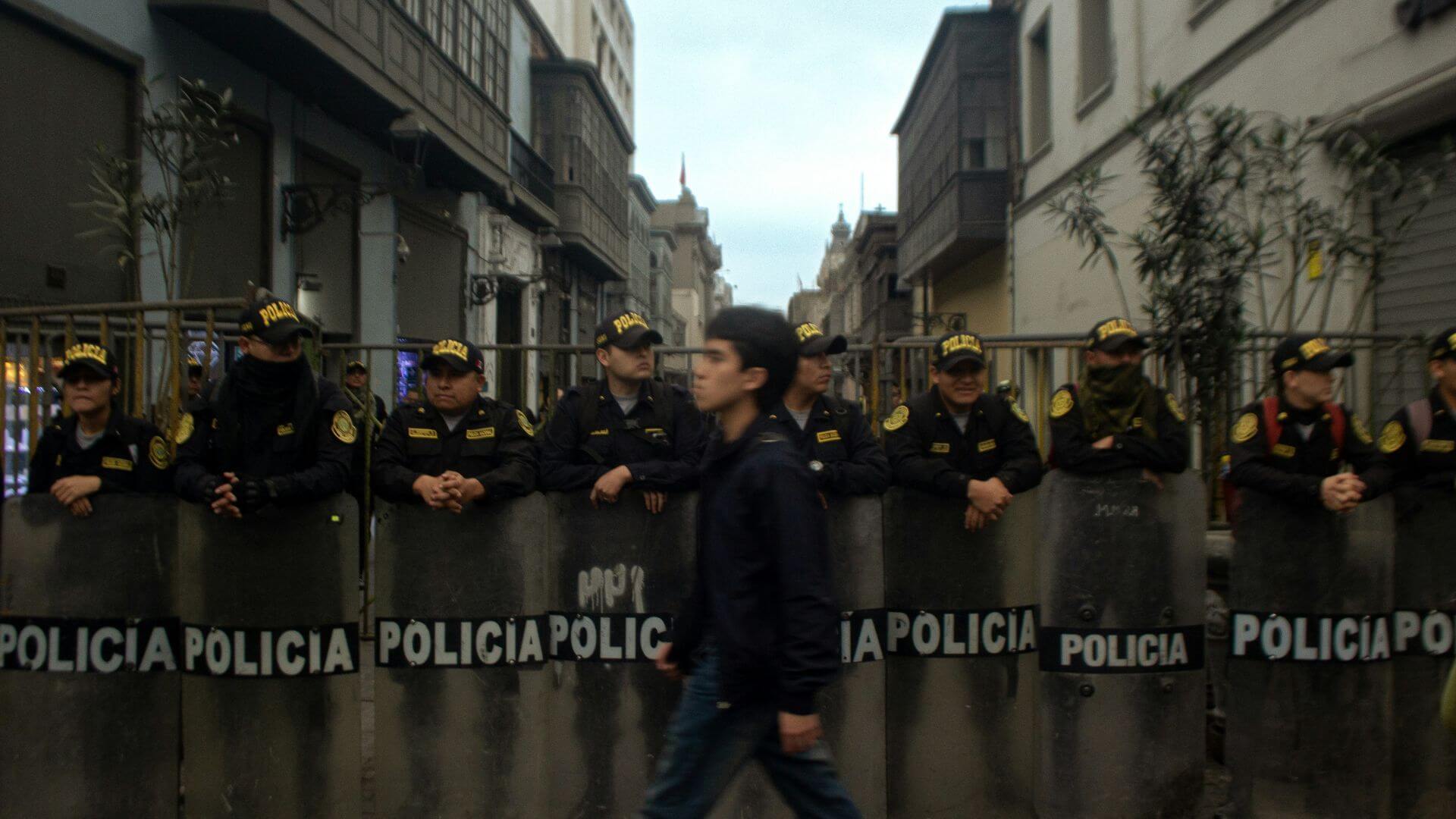
Peter Reuter, a distinguished university professor of public policy, criminology and criminal justice at the University of Maryland, recently co-authored an article in Science that takes a closer look at the potential shortfalls of a newly proposed model for predicting how policy interventions could impact Mexican criminal organizations.
Along with his co-authors—Jonathan P. Caulkins, a professor of operations research and public policy at Carnegie Mellon University’s Heinz College, and Beau Kilmer, a senior policy researcher at RAND, a nonprofit institution that helps improve policy and decision-making through research and analysis—Reuter’s perspective paper initially commends the work of the model-proposing researchers of another Science-published study, “Reducing Cartel Recruitment is the Only Way to Lower Violence in Mexico” by Prieto-Curiel et al. Reuter and his co-authors write: “Prieto-Curiel et al. provide the first systematic estimates of individual cartel sizes and total cartel employment. Prior to their paper, all that were available were expert guesses at the size of a few of the more prominent organizations.”
While also praising the researchers for attempting to create a model that could possibly indicate fluctuations in cartel size and violence, the authors ultimately posit that Prieto-Curiel et al.’s model excludes key details, such as the role of full-time vs. part-time cartel employees, what roles the model’s employees have (drug trafficker, farmers, chemists, etc.), drug market trends and prices, and the risks—and rewards—of joining the cartel beyond the con of potential incarceration. For example, employees could be motivated to join the cartel for camaraderie and income, and not want to join primarily because of the increased risk of violence/death.
“Finding ways to incorporate insights about markets and incentives into the type of model used in the study should be part of the next wave of research in this area,” said Reuter. “A richer understanding of the underlying dynamics of markets may help inform more effective policy innovations.”
To advance future work in this space, Reuter and his co-authors offer researchers three suggestions:
- Articulate which principles drive cartel staffing and behavior;
- Improve understanding of drug consumption and prices on both sides of the border, something the authors say “the U.S. government should do more to support”; and
- Expand the scope beyond the murders of cartel members … to include violence against journalists, politicians, and law enforcement.
This article was written by Rachael Grahame and also appears on the College of Behavioral and Social Sciences website.



